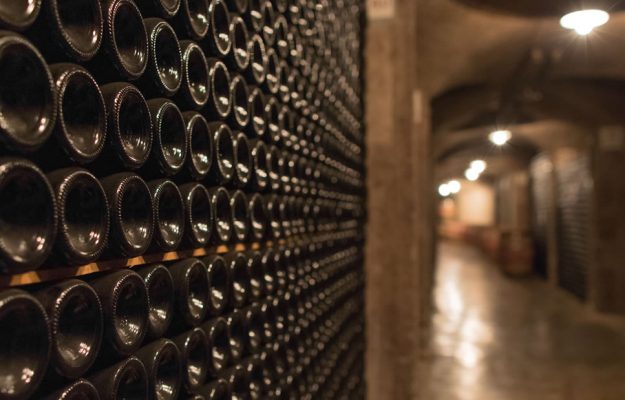The sparkling wine market in the USA knows no crisis. The consumer base, frequency of consumption and Americans’ passion for bubbles is increasing. More for foreign ones than for domestic ones, actually, but after the lockdown the rebound in consumption, from June 2020, has affected sparkling wines of all types and origin, especially thanks to consumers under 55. For this reason, the United States, even for bubbles (with Italy which, in the first 5 months of 2020, saw exports of sparkling wines for 151 million euros, up, despite everything, on 146 of 2019, data from Istat, ed), are a key market from which to start again. It emerges from the report “Sparkling Wine in the US Market 2020” by the British agency Wine Intelligence. According to which, in 2020, sparkling wine consumers in the U.S. are now 50.6 million, almost 1 out of 6 Americans, with an increase of +17% on 2018 among those who drink regularly, at least once a month on 2018 (32.9 million people), and with 33% of consumers drinking sparkling wine at least once a week. A constant growth over the years, which is reflected in the overall consumption (even if those per capita are steady per liter per year): if in 2015 the data were on 24.8 million 9-liter cases, 2019 saw consumption of 30.6 million cases (of which 12.1 million made in Italy).
With Americans becoming more and more lovers of foreign sparkling wines, which are worth 57% of total volumes, compared to those made in the USA, despite higher prices. American sparkling wines, on average, according to Wine Intelligence, go on the shelf at around 9.75 dollars per bottle, imported ones at 16.9, with the French, i.e. Champagne, at 38 dollars, and Italy, Prosecco on top, at 12.7 dollars per bottle. However, if the sparkling wines of Italy and France dominate the market, the productions of other countries, especially from Australia, New Zealand, Portugal and England grow in consideration, especially thanks to an appreciated relationship between quality and price.
It is interesting to see how Americans evaluate the prices of the different bubbles. The one of a Champagne, for example, is ideal if it is between 32 and 45 dollars: below this range is considered too cheap and therefore of poor quality, above, on the contrary, is seen as too expensive. For Prosecco, instead, the reference price range is between 17 and 22 dollars, for Cava between 22 and 27 dollars, for U.S. sparkling wines between 17 and 27 dollars. Also in light of this, then, it is not surprising that 7 out of 15 of the “Most powerful sparkling wine brands” in the U.S., according to Wine Intelligence, are foreign, that are, in order, Yellow Tail, Barefoof Bubbly, Korbel, Cupcake, Moet & Chandon, Martini, Dom Perignon, Andrè, Veuve Cliquot, Cook’s, Chandon, La Marca, Bellatore, Verdi and Mumm Napa.
New trends are also emerging about Prosecco: more than half of Prosecco consumers in the US (the largest group of which are women under 35) say they would like products with lower calorie content, and therefore less sugar, and 3 out of 5 consumers say they are willing to buy fruit-flavored Prosecco drinks, and potentially also in disposable formats ...
Copyright © 2000/2025
Contatti: info@winenews.it
Seguici anche su Twitter: @WineNewsIt
Seguici anche su Facebook: @winenewsit
Questo articolo è tratto dall'archivio di WineNews - Tutti i diritti riservati - Copyright © 2000/2025









































































































































































































